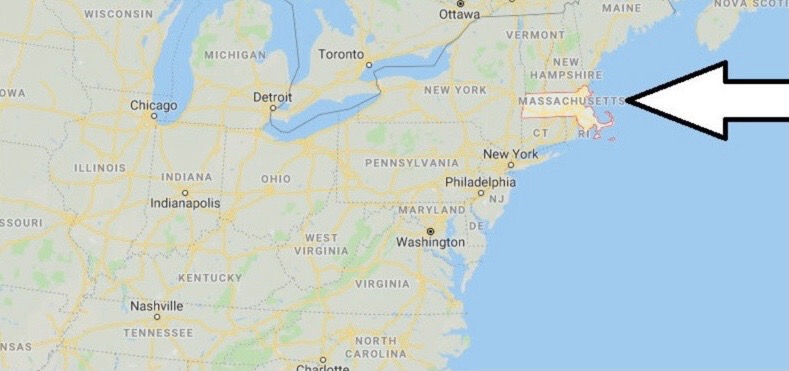Edited by Rhyly Bell
Editor’s Note
I have chosen to edit Mary Rowlandson’s narrative in a modern version to emphasize how over time, the way we engage with literature and text changes even when the original story stays the same.
Disclaimer: Parts of this remove have been edited to enhance the understanding of the text and for grammatical errors.
We began this remove with wading over Banquang river: the water was up to the knees, and the stream very swift, and so cold that I thought it would have cut me in sunder1. I was so weak and feeble, that I reeled as I went along, and thought there I must end my days at last, after my bearing and getting through so many difficulties. The Indians2 stood laughing to see me staggering along, but in my distress, the Lord gave me3 experience of the truth and goodness of that promise,
“When thou passest through the waters, I will be with thee; and through the rivers, they shall not overflow thee” (Isaiah 43.2).
gNV version (rowlandson’s) and NRSV VERSION (MODERN)
Then I sat down to put on my stockings and shoes, with the tears running down mine eyes, and sorrowful thoughts in my heart, but I got up to go along with them. Quickly there came up to us an Indian, who informed them that I must go to Wachusett4 to my master, for there was a letter come from the council to the Sagamores5, about redeeming the captives, and that there would be another in fourteen days, and that I must be there ready.

Wachusett is located here
Map source: Whereismap.net
My heart was so heavy before that I could scarce speak or go in the path, and yet now so light, that I could run. My strength seemed to come again, and recruit my feeble knees, and aching heart. Yet it pleased them to go but one mile that night, and there we stayed two days. In that time came a company of Indians to us, near thirty, all on horseback. My heart skipped within me, thinking they had been Englishmen at the first sight of them, for they were dressed in English apparel, with hats, white neckcloths, and sashes about their waists; and ribbons upon their shoulders; but when they came near, there was a vast difference between the lovely faces of Christians, and foul looks of those heathens, which much damped my spirit again.6
Thanks to Project Gutenberg for providing the digitized version of this text free of charge. Without their generosity, this project would not be possible.
Sunder: in half ↩
Throughout her narrative, Rowlandson refers to the Native American’s as “Indians.” Calling Native American’s “Indians” is a racist stereotype. An acceptable alternative to “Native Americans” is “Indigenous peoples” ↩
the ↩
A mountain in Princeton, Massachusetts. East of the Connecticut River ↩
Sagamore: a chief of Native American tribes ↩
Connects to Homi K. Bhabha’s concepts of “mimicry” and “hybridity.” See Amardeep Singh’s article “Mimicry and Hybridity in Plain English” for an in depth explanation of these terms ↩
